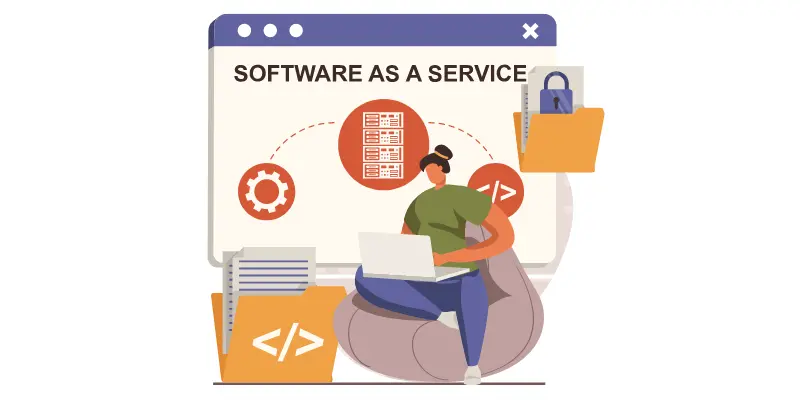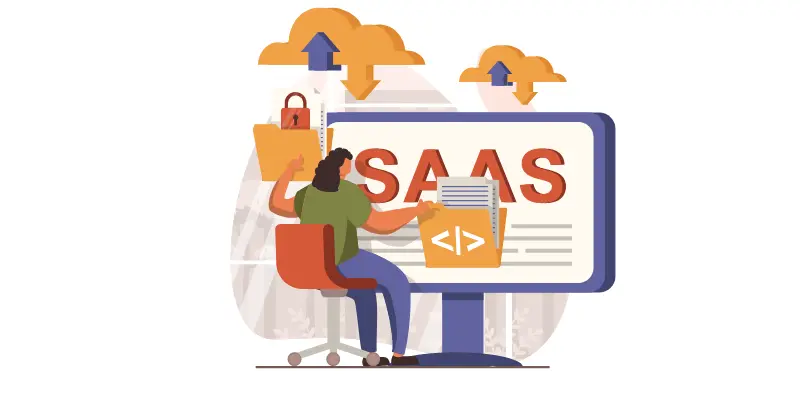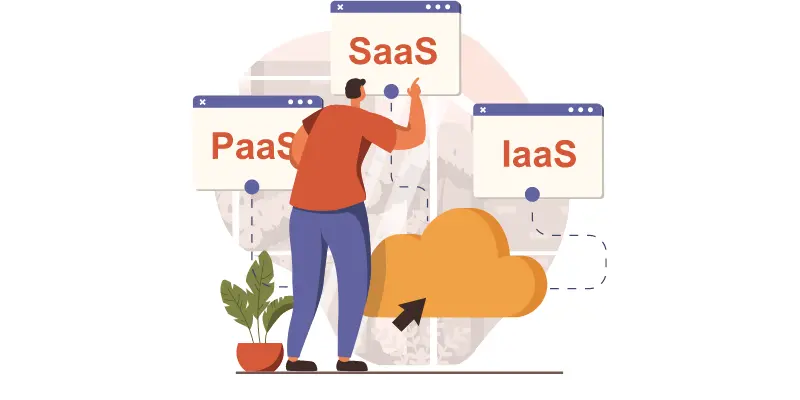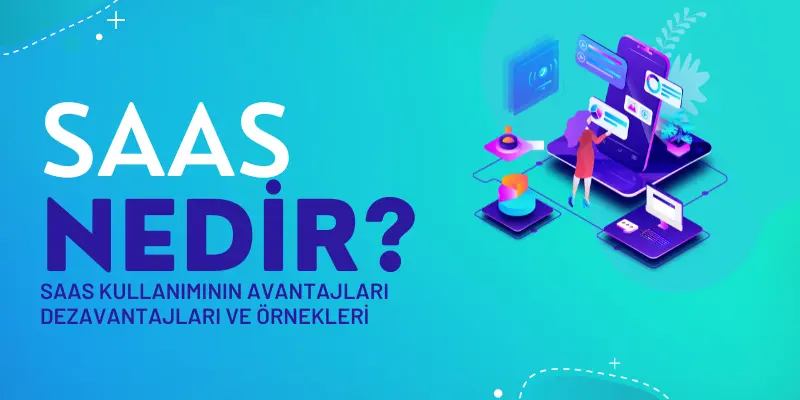Applications that can be used over cloud systems are called SaaS, which translates as Service as a Software. These systems, also known as web-based software, on-demand or hosted software, play a savior role for many business lines and sectors. Cloud systems, which have become widespread recently, have been used quite a lot recently. While watching Netflix, we somehow use a SaaS application in our daily lives with a CRM application we use at work or a photo editing application.
Since they are generally easily accessible and usable systems, they are used by most businesses, large or small. In addition, the fact that these systems are rentable, can be accessed by many people at the same time, and reduce IT workload increases the rate of preference.
According to the latest McKinsey&Company report, technology analysts predict that the SaaS market will grow by $200 billion by 2024. This signals that the future of the SaaS ecosystem is bright. Already today, many startups are working overtime to launch a SaaS product.
The purpose of Saas is to provide you with an application that will do your job. However, it is also expected to offer data security, access from any device and performance.
The Difference between SaaS and Downloadable Software
If we list the differences between downloadable software and SaaS;
- Downloaded software needs to be installed, optimized for all types of devices, and efforts need to be made to keep it constantly updated. SaaS, on the other hand, are applications that can be connected from a web browser, accessed anywhere and with any device where the internet is available, and automatically updated from the other side.
- These conveniences greatly reduce the workload of the IT department.
- With downloadable applications, you pay the cost of the application in advance, which means that a large amount of money comes out of your pocket financially. In Saas applications, subscription is a more common pricing system.
- With downloadable software, it is very difficult to get your money back if you think the app is useless. Saas, on the other hand, has a pay-as-you-go logic. You can cancel the application as soon as you think it is not working for you.
Advantages of Using SaaS

Running your business with an app that has this system can be a sensible option. There are many reasons for this. Some of these reasons can be listed as follows;
- You can access app data from anywhere. In this way, even if you switch between your devices, you will not experience an interruption because your data is in your account.
- You can work with many users at the same time connected to a single center. Thanks to this feature, you will not experience any disruption in your business processes.
- No special hardware and labor is expected for installation and use.
- It is very advantageous for mobile use. Whether the downloadable software is mobile-friendly or not is up to the initiative of the application developers. However, SaaS applications are accessible on every device with a web browser.
- It can significantly reduce costs. Especially if your other downloadable alternative has a high cost, pay-as-you-go logic can relieve you financially.
- Updates are easy and fast.
Possible Disadvantages of Using SaaS
Now that we have listed the advantages and features of using SaaS, let’s take a look at the possible disadvantages of these applications. We can list a few of them as follows;
- The user cannot completely control the application. Service owners can make a change in the application or release a new update without the user’s request. Some updates may also cause performance degradation.
- Each update requires a certain amount of time to adapt to the new system. This can create problems in terms of work efficiency.
- Changing service providers can be more difficult than it sounds. To make changes between applications, you have to transfer large amounts of data to another location. You may experience some complications during this transfer.
- The security of your data may be compromised. It is useful to examine how sensitive the Software as a Service application you prefer is about data security.
- Internet is a must for Software as a Service software. Uninterrupted and fast internet access will enable you to carry out your work easily. An internet outage means that your business literally stops.
- Integration with other applications is difficult. For this, it is useful to examine the integration of the service you choose with other applications.
Where is Saas Used?

Today, there are SaaS operating in many sectors from entertainment to business. These applications are frequently used in places such as financial transactions, human resources, supply chain, procurement, trade, marketing. At the same time, SaaS applications can be used to connect these areas and manage them all from one place.
SaaS Company Examples
If we say that many facilitating applications used by companies today are actually Software as a Service software, we would be right with a 70% probability. Because SaaS applications make up 70% of the software used by companies. These are the ones we can count among them;
- Office Applications
- HubSpot
- Zoom
- Slack
- Trello
- Adobe Creative Cloud
- ZenDesk
- MailChimp
Of course, besides these, we all use
- Netflix
- Spotify
- Applications such as DropBox also fall under software as a service.
What is the Difference Between SaaS, IaaS and PaaS?

Now that we know what Software as a Service is, it will be more understandable to know how it differs from IaaS and PaaS.
IaaS: Infrastructure as a Service (IaaS) users obtain equipment such as servers, storage and networking from an external service provider. Users still have to build and manage their operating systems, data usage and applications themselves. So there is more workload than with SaaS.
PaaS: Platform as a Service users have much more leeway than a SaaS. Users get the external framework of the resources they deem necessary as a service, but they can change the inside according to their intended use. They don’t have to build and manage the operating systems themselves, but they still manage their application usage and data. It is somewhere between IaaS and SaaS in terms of ease of use.
You can contact us whenever you want, and you can ask every question.
This article was translated from the Turkish original via deepl.com. Click here for the original version of the article.

